When I first saw my dad mastering water walking techniques and gliding across the water, I couldn’t believe my eyes. Watching him, I was mesmerized by his fluid and natural movements. I’d always heard stories about the benefits of this exercise, but seeing my dad engage in this unique activity was something else entirely.
Water walking wasn’t just a way for him to stay fit; it became an enjoyable activity and a testament to the blend of tradition and modern innovation. This is a journey through the captivating world of water walking, its history, and the incredible benefits it offers. Whether you’re curious about the ancient practices or eager to try out the latest devices, there’s something in this aquatic adventure for everyone.
Stepping Across the Surface: Water Walking Techniques and Benefits

Are you looking for a way to exercise that is easier on the joints and offers incredible benefits? The idea might sound mystical, but water walking is a natural and learnable skill. Thus, we’ll explore water walking and its history and significance.
At its core, water walking is exactly what it sounds like moving across water without sinking. While primarily considered impossible without external aid, various cultures have pursued the feat through different means. Some techniques are steeped in tradition and passed down through generations, while others harness modern technology to achieve the same effect. It is more than just the ‘how’ and the ‘why.’ It’s as much about the fun and challenge as it is about the health benefits it can offer. So, if you’ve been curious about this unique form of locomotion, you’re about to uncover its secrets. As we move forward, remember that learning proper techniques is crucial—it can elevate your experience from splashing about to walking on water.
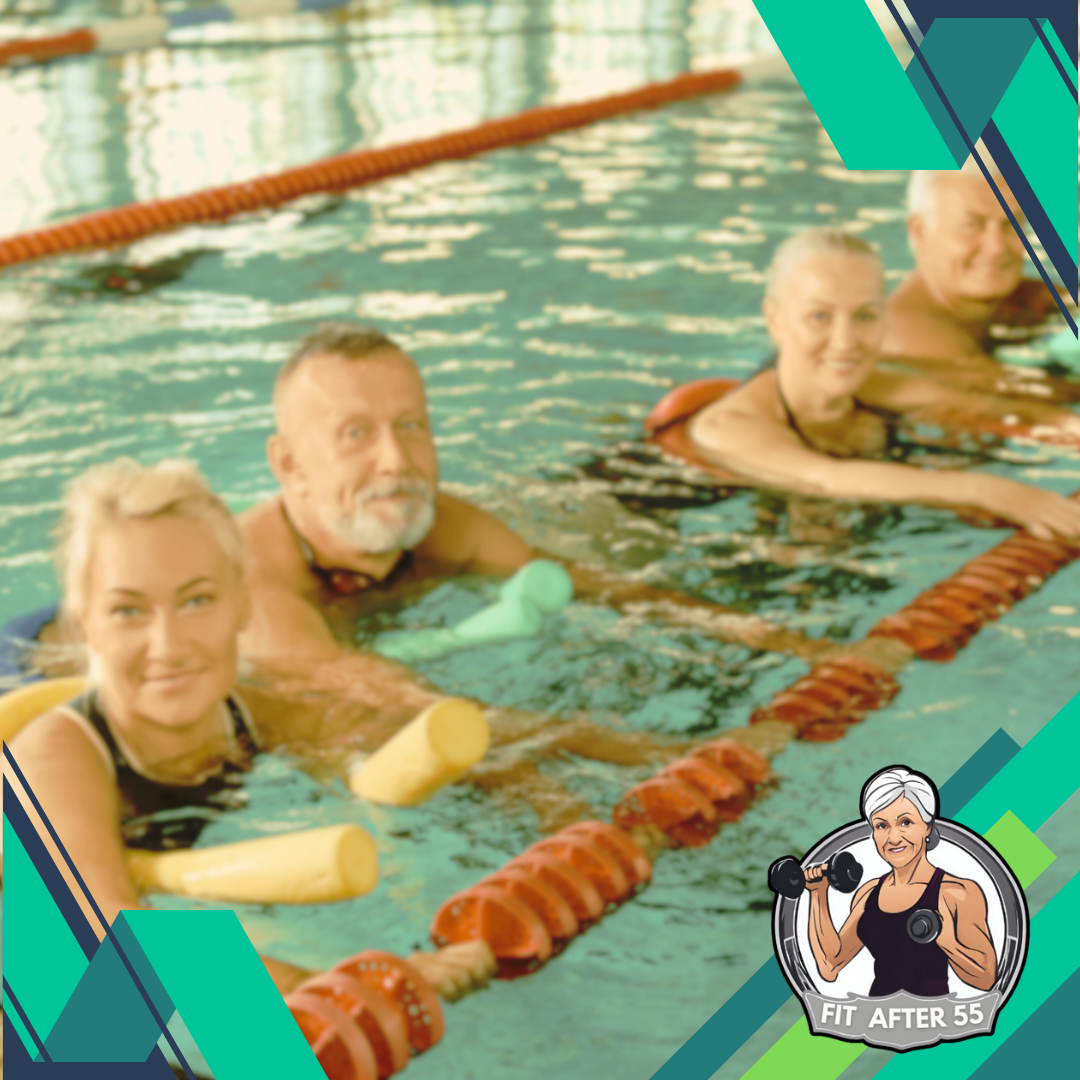
Key Takeaways
- Water walking offers a low-impact exercise that’s easy on the joints. It’s a great option for people of all ages and fitness levels, including those recovering from injuries or managing chronic conditions.
- There are different techniques and devices to choose from, including traditional methods like using floating aids or modern devices like aqua shoes and inflatable water walking balls.
- Water walking provides a variety of benefits, including improved cardiovascular health, muscle strengthening, stress reduction, and better balance.
Understanding the Physics of Water Walking

Suppose you’ve watched an insect skimming across a pond or a stone skipping off the water’s surface. In that case, you’ve witnessed the incredible balance of forces that makes water walking not just a mystical idea but a physical possibility. It’s fascinating, right? Water has a property known as surface tension, which is the elastic tendency of fluid surfaces to shrink into the smallest surface area possible. It’s like an invisible film on the water’s surface that can support specific amounts of weight. That’s part of the secret behind those pond-skating bugs.
Buoyancy plays a critical role, too. This is the upward force exerted by the water, which opposes the weight of an object—Have you ever noticed how things are lighter in water? That’s buoyancy at work. Buoyancy and surface tension create a scenario where water walking can occur with the proper techniques and conditions.
Of course, it’s not so simple for humans; we’re a bit heavier than insects or stones. This doesn’t stop enthusiasts and researchers, though. They constantly explore the boundaries of what’s physically possible, debunking myths and pushing the limits of water, walking through training and innovation.
What these principles mean for us is that while we can’t naturally walk on water due to our weight and the force of gravity, we can undoubtedly simulate the experience with specific methods, which I’ll take you through in the next section. Stay with me, and I’ll show how ancient cultures managed to ‘walk’ on water using traditional water walking techniques that have been practiced for centuries.
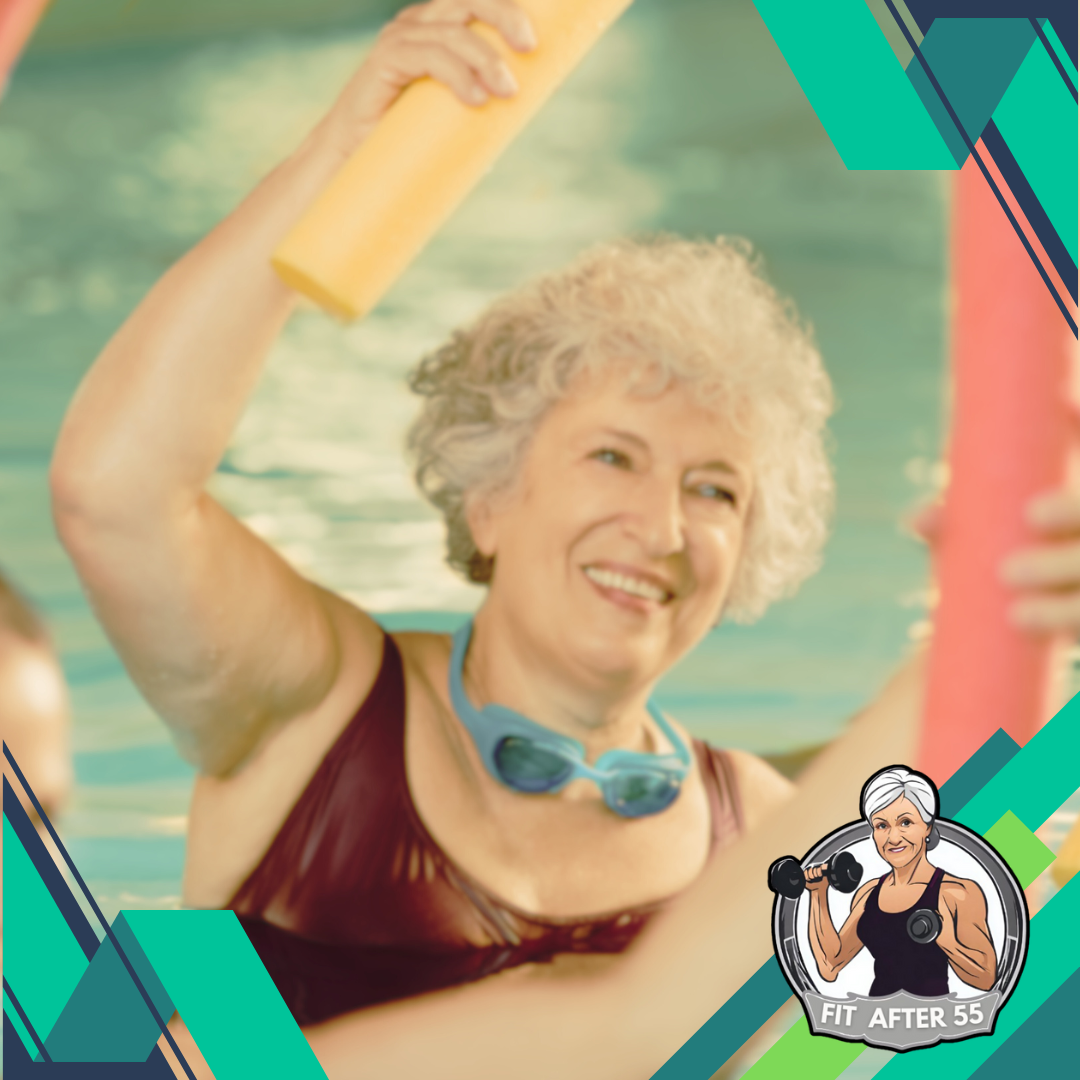
Traditional Water Walking Techniques
Different cultures have developed unique methods to stay afloat. Let’s touch on some historical practices that laid the foundation for water walking as we know it today.
Understanding how to distribute your body weight is crucial in water walking. Historically, skilled practitioners spread their weight evenly across their feet or use floating aids to walk on water. These early techniques required incredible balance and a deep understanding of the water’s behavior. The training that goes into mastering these age-old techniques often involves intense physical conditioning and mental focus. Traditional water walkers would dedicate a significant amount of time to perfect their craft, from strengthening core muscles to practicing specific foot movements.
Video Credit: @TheSeniorCenteredPT
You might be surprised to learn that many of these ancient practices are still alive today, with some communities holding events to showcase their water-walking skills. While traditional methods are fascinating, modern technology has brought forth novel devices that can make the experience accessible to more people.
Imagine slipping your feet into specially designed aqua shoes or stepping inside a large inflatable ball that allows you to glide across the water’s surface. In today’s advanced world, innovation has given rise to a new era of water walking devices, and we will explore some of the most popular ones next.
Fun Fact!
A 150-pound person burns about 250 calories jogging for 30 minutes on land. But jogging in water for 30 minutes burns about 350 calories.
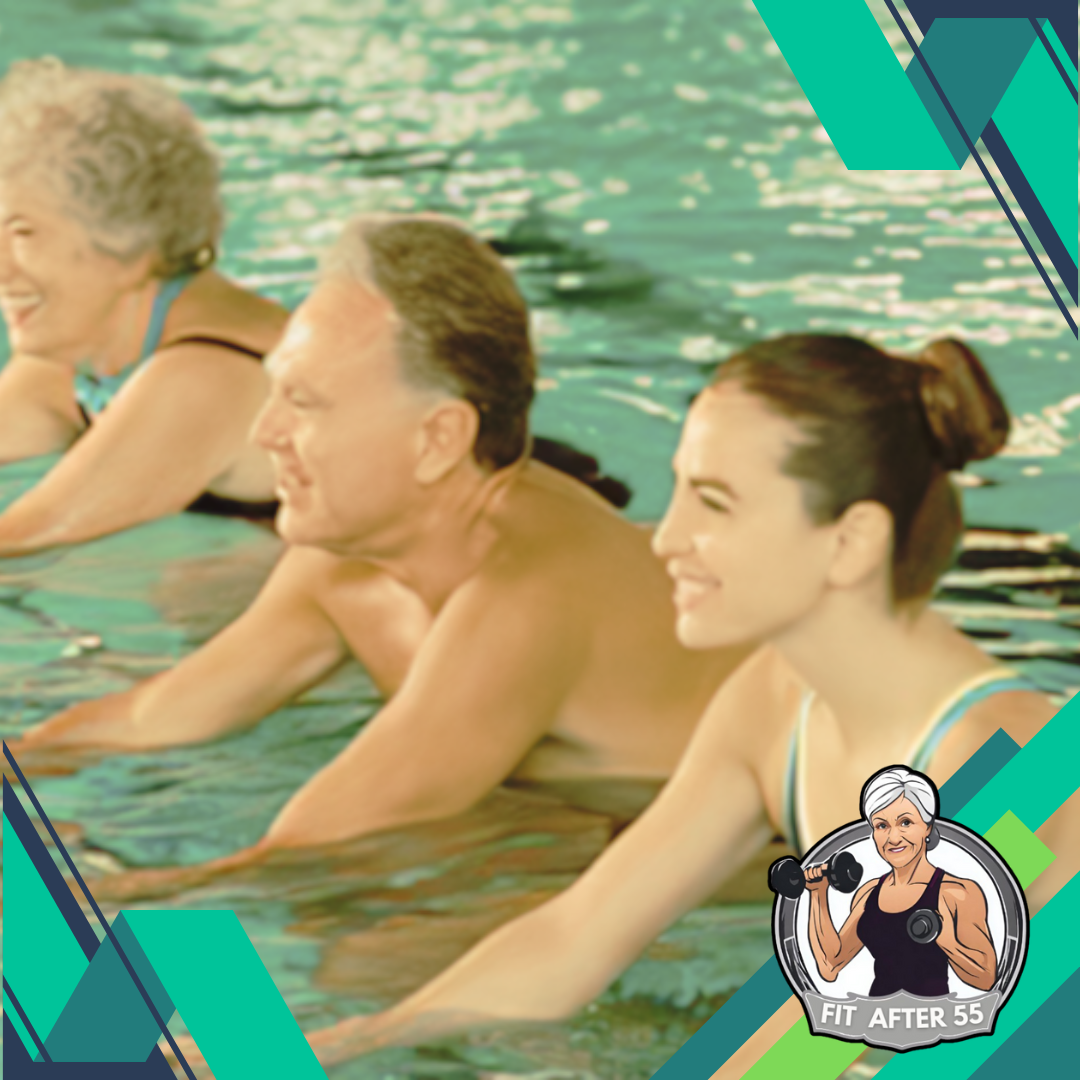
Modern Water Walking Devices
You do not need to rely on your innate abilities in water walking; it’s also about harnessing technology. With the advent of modern engineering, a whole array of gadgets can help you glide across the water’s surface. You’ll learn about some of the most popular water walking devices, like inflatable water walking balls and specialized aqua shoes.
Water Walking Ball

Picture a large transparent sphere that you can step inside. It’s like your personal human-sized bubble for aquatic adventures. As you move inside the ball, it rolls across the water’s surface, allowing you to walk, run, or even jump. When it comes to these spheres, safety is crucial. Always ensure there’s a supervisor present, and limit the time inside to prevent issues such as overheating or suffocation.
Aqua Shoes
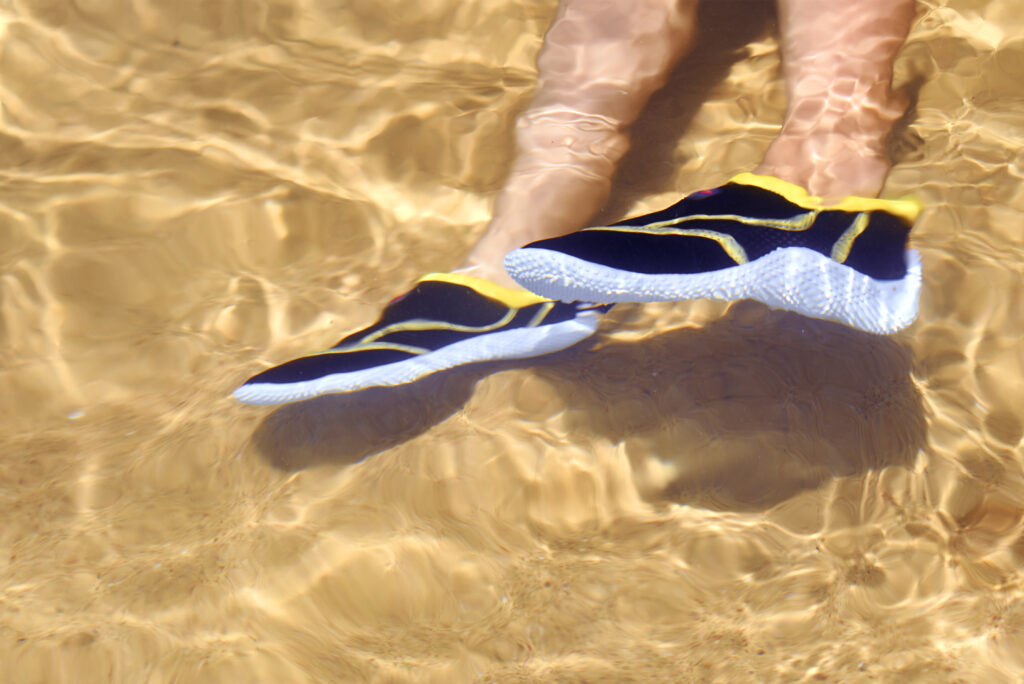
Aqua shoes are quite the favorite among enthusiasts. These aren’t your regular swim shoes. They have unique features designed to increase buoyancy and help with surface traction, making it easier to walk on water without sinking. Each brand may offer different advantages, so choose something that resonates with you, especially regarding fit and comfort.
If you want to navigate the waters with these innovative devices, there are a few things to keep in mind. First off, water calmness is important—rough waves might turn your walk into an unexpected swim. Next, always follow the manufacturer’s instructions in the letter. And don’t forget to consider the environmental impact of your activities, ensuring that you do not harm aquatic ecosystems.
Video Credit: @fitmotivation-poolfit-videos
Remember, while each device offers a unique experience, it also comes with its own set of guidelines. In my opinion, being well-informed about the devices and respecting safety protocols is paramount. Next, I will guide you through artificial methods like water walking pools and treadmills, which can be equally exciting while offering more controlled environments.
Artificial Methods: Water Walking Pools and Treadmills
You might be surprised to learn that water walking isn’t limited to open water. Enter water walking pools and treadmills, artificial environments specifically designed to let you walk on water without ever stepping into a lake or sea.
Water Walking Pools

Often found in aquatic fitness centers, water walking pools, feature a shallow design, allowing individuals to partially submerge and walk with resistance.
Water Treadmill
One key player in this aquatic playground is the water treadmill. Rather than running on air, it allows you to move against water’s natural resistance. This isn’t just about a novel experience; it’s also about a low-impact workout that’s kind to your joints. If you’re recovering from an injury or searching for a gentle on-body exercise, water treadmills have got you covered.
Video Credit: @WaterExerciseCoach
There’s a lot of opportunity in these artificial water walking setups for a diverse range of individuals. Whether you’re an athlete in training, a person undergoing rehabilitation, or just trying to keep fit, these pools and treadmills are versatile tools for enhancing physical health and endurance.
You can constantly adjust your approach down the road, but many people start with water walking pools because they’re simple and accessible. However, for a more intense workout, transitioning to a water treadmill can increase the challenge and the benefits. The adjustable speeds and resistance levels of water treadmills make them suitable for varying fitness levels.
This section wouldn’t be complete without hearing from those who’ve felt the impact firsthand. Personal stories from individuals using these methods indicate improvements in mobility, balance, and overall physical condition. Choose something that resonates with you, and give it a try.
Water Walking for Health and Wellness
You might think of water walking as a fun activity, but it’s much more than that. Water walking offers a host of physical health benefits that are worth considering if you’re looking to spice up your fitness routine. Imagine combining the resistance of water with the act of walking; now, you’re engaging multiple muscle groups, elevating your heart rate, and enhancing your overall endurance without the harsh impact on your joints that you’d typically experience on land.
Video Credit: @PeterNielsen-PetersPrinciples
The mental health benefits are just as compelling. Picture yourself gently moving across the water’s surface, away from the bustling noise of everyday life. This serene experience can help melt away stress and bring about a sense of tranquility. The meditative rhythm of your movements harmonizes with the calming sounds of the water, promoting a state of mindfulness that many find therapeutic.
Don’t just take my word for it. There are numerous stories of individuals who have transformed their health through water walking. From those rehabilitating after injuries to others managing chronic conditions, the low-impact nature of water walking has proven to be a game-changer. I’ve seen people who couldn’t walk a block on hard pavement manage to take leisurely strolls in the comfort of a pool, amazed at their own progress and the lack of pain during and after their exercise.
If you’re excited by the idea of improved health and eager to try water walking, you’re going to want to get started on the right foot. Up next, I’ll share a practical guide for beginners looking to explore water walking. It includes choosing an appropriate technique or device, mastering the basics, and gradually scaling up the challenge. You can constantly adjust your approach down the road, but it’s important to build a solid foundation first to ensure safety and effectiveness.
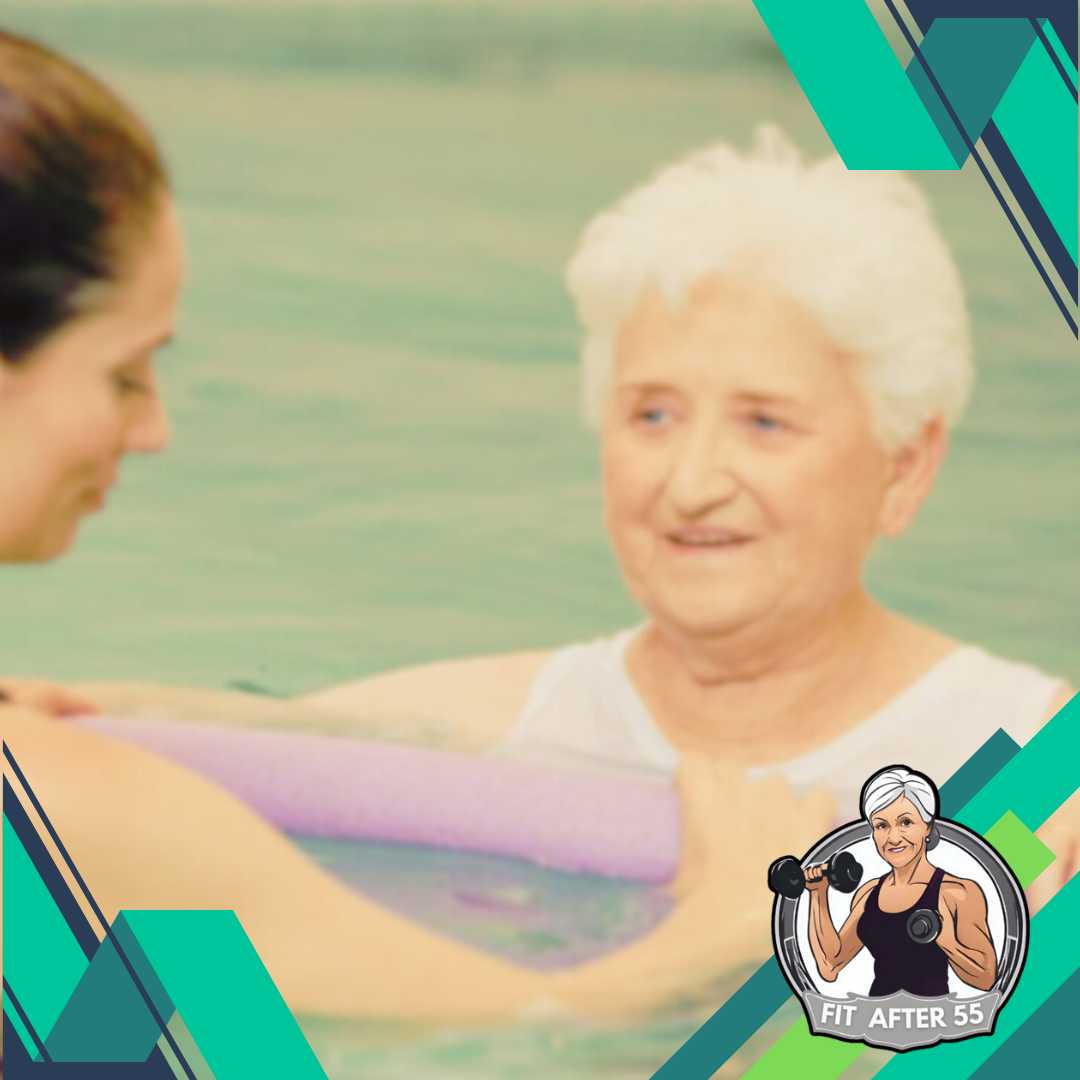
Getting Started with Water Walking
There’s a unique blend of benefits for both the body and mind in water walking. If you’re eager to dip your toes into this refreshing activity, here’s how you can get started today.
Choose Your Technique or Device
Choose something that resonates with you. Whether it’s traditional techniques or modern devices, there’s a range of options to suit your preferences. Either traditional techniques that involve the art of distributing your body weight evenly across floating aids or practicing specific foot movements, or modern devices such as aqua shoes or inflatable water walking balls offer a different experience. Reflect on what excites you the most or what aligns with your fitness goals and comfort level.
Video Credit: @fitmotivation-poolfit-videos
Assess Your Comfort Level With Water
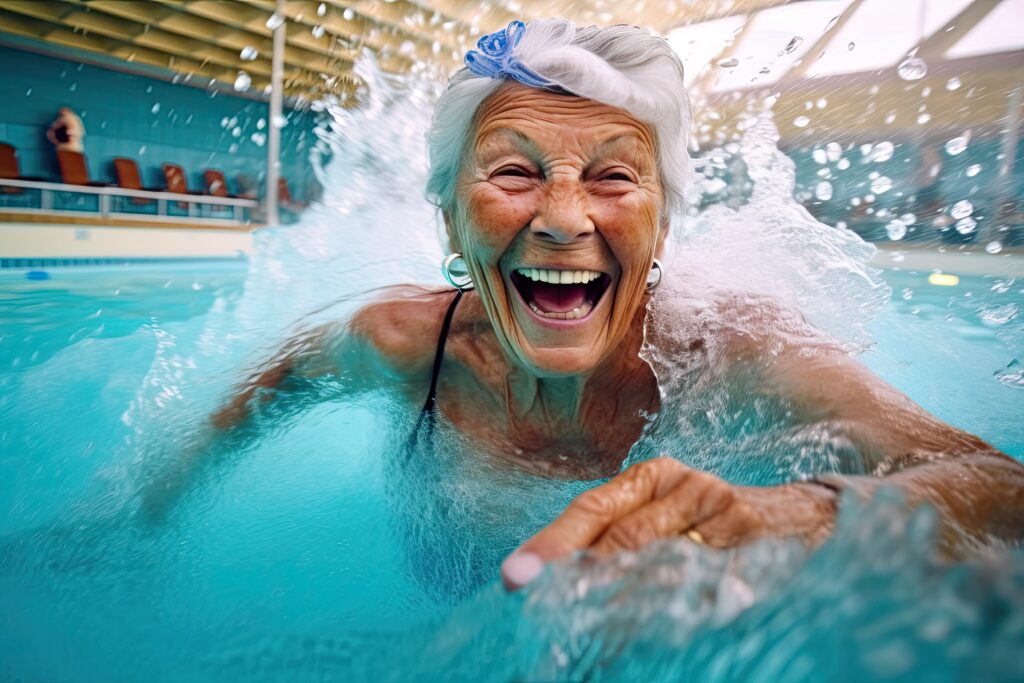
Understanding your comfort level with water is crucial. If you’re new to water activities, it’s crucial to gauge how comfortable you feel being in and around water. Beginners should always prioritize safety, so consider taking lessons or practicing in shallow water before venturing deeper. Partnering with a trained instructor or an experienced buddy can make a big difference. Being comfortable in the water reduces anxiety and helps you focus on mastering the techniques.
Gradually Increase the Challenge
As you become more comfortable and proficient in water walking, it’s time to gradually increase the challenge. Move from shallow to deeper water, try different techniques, or use more advanced devices. Don’t worry too much about perfection. It’s the experience that counts, and you’re likely to find water walking both relaxing and invigorating. Keep an open mind and be patient with yourself as you’re learning this new skill.
I really hope that you’ll give water walking a try. Embrace the challenge and enjoy every moment of being atop the water. It’s not just a way to keep fit; it’s an opportunity to explore a different interaction with the beautiful element of water. Remember, it’s about the journey, not just the destination.
Start in Shallow Water or With an Instructor

Your first attempt doesn’t need to be your last. It’s all about gradual improvement and enjoyment. You can always adjust your approach down the road as you gain more confidence and skill. If possible, working with an instructor can provide personalized feedback and help you correct your form early on. Instructors can introduce you to proper techniques and safety measures, making your learning process smoother.
Gradually Increase the Challenge
As you become more comfortable and proficient in water walking, it’s time to gradually increase the challenge. Move from shallow to deeper water, try different techniques, or use more advanced devices. Don’t worry too much about perfection. It’s the experience that counts, and you’re likely to find water walking both relaxing and invigorating. Keep an open mind and be patient with yourself as you’re learning this new skill.
I really hope that you’ll give water walking a try. Embrace the challenge and enjoy every moment of being atop the water. It’s not just a way to keep fit; it’s an opportunity to explore a different interaction with the beautiful element of water. Remember, it’s about the journey, not just the destination.
Step Into Fitness and Tranquility Through Water Walking
I’ve discovered a profound harmony of fitness and serenity through water walking techniques. This unique practice strengthens the body with low-impact exercise and nurtures a deep connection with water’s calming embrace.

Whether you’re drawn to mastering age-old techniques or exploring cutting-edge devices like aqua shoes and water walking balls, there’s an endless fascination in gliding atop the water. I invite you to step into this transformative experience. Find your preferred method, embrace the challenge, and unlock the many benefits water walking offers. It’s a journey that promises both physical vitality and inner tranquility.
Frequently Asked Questions
Is water walking difficult?
The article says water walking can be learned with proper technique. It offers traditional methods requiring balance and training, and also mentions easier options with modern devices.
What are the health benefits of water walking?
The article lists several benefits including improved cardiovascular health, muscle strengthening, stress reduction, and better balance.
Do I need any special equipment to try water walking?
No, traditional methods don’t require equipment, but the article also mentions aqua shoes and inflatable water walking balls for a different experience.
Where can I learn more about water walking techniques?
The article suggests consulting a qualified instructor for personalized guidance on proper form and safety measures.
Fit After 55: Your Gateway to Vibrant Health and Wellness
Explore a world of fitness tailored for life after 55 at our official website, https://fit-after-55.com. Discover expert tips, personalized routines, and inspiring stories to help you thrive in your wellness journey. Empower yourself with resources designed redefine aging with vitality and strength. Visit us today and embark on a path to vitality and well-being—because age is just a number, and fitness knows no limits.
